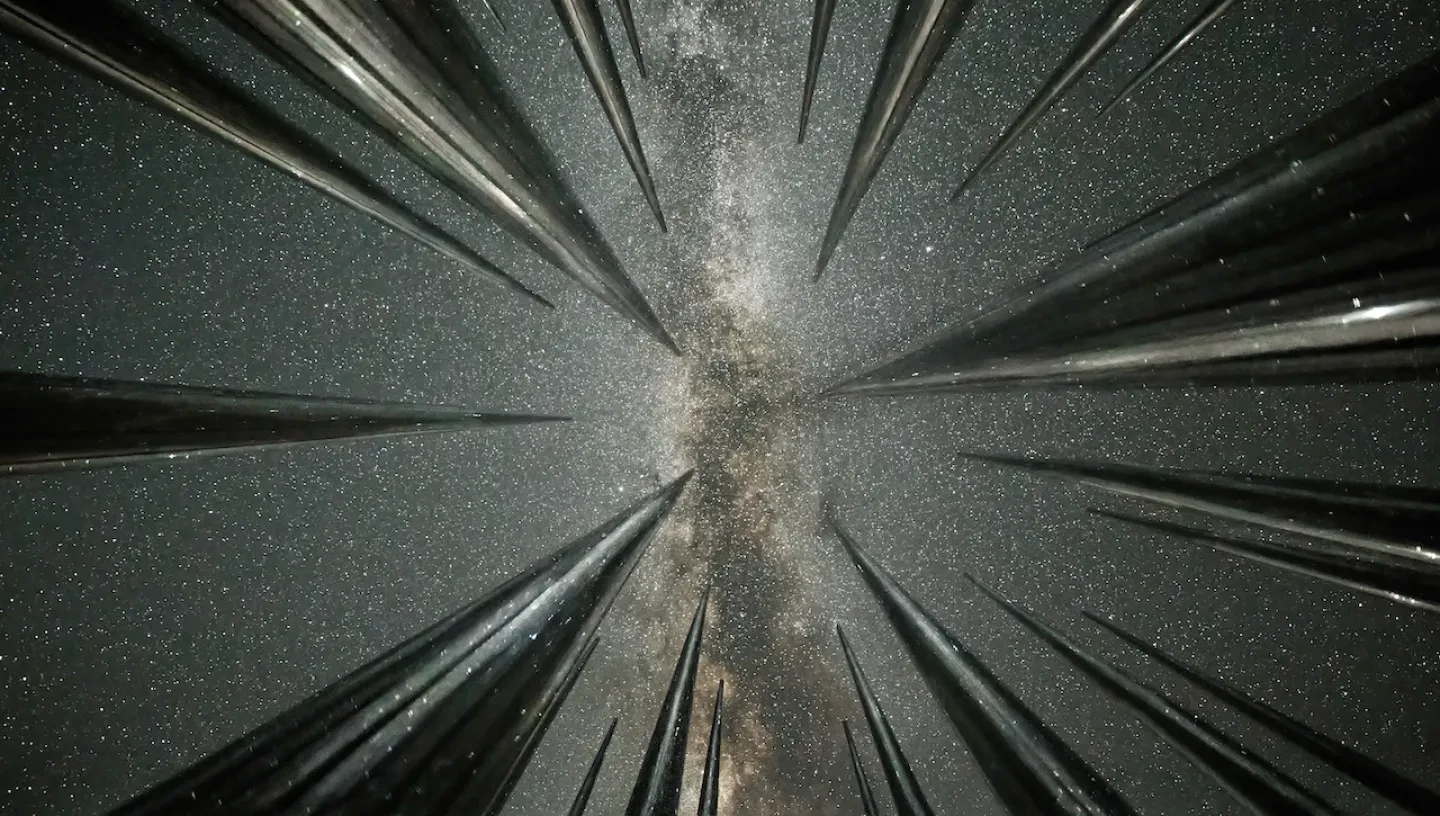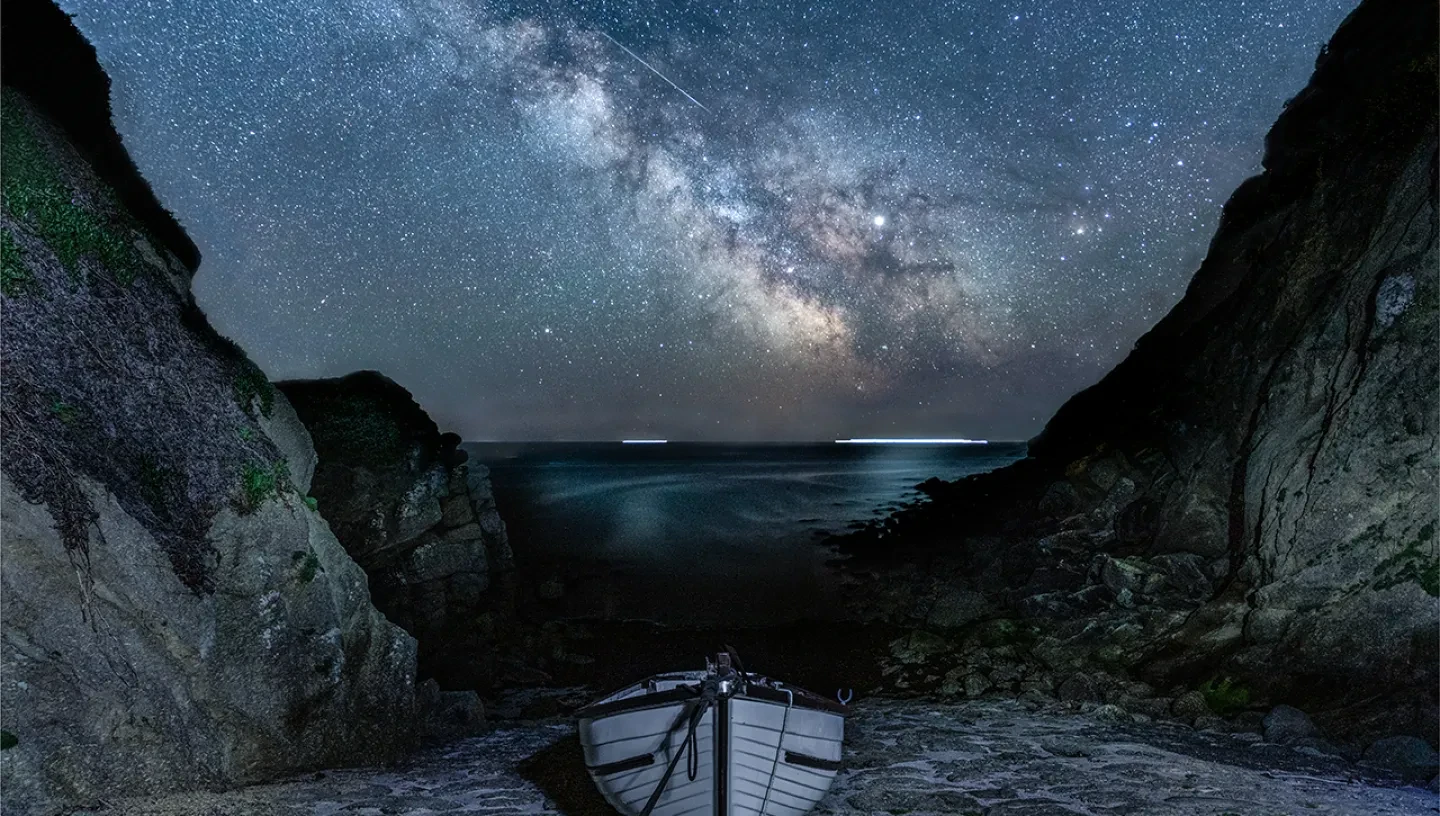
In 2026 the Southern Delta Aquariid meteor shower is active from 12 July to 23 August, with the peak of the meteor shower taking place on 30 July.
When to see the Southern Delta Aquariid meteor shower in 2026
| Shower name | Normal limits | Date of Maximum | Possible hourly rate at maximum | Description |
| Southern Delta Aquariids | 12 July – 23 August | 30 July | 25 | Steady stream of meteors over several days but a low rate per hour. |
Find out about other meteor showers happening throughout the year
What is the Southern Delta Aquariid meteor shower?
A moderate meteor shower peaking in late July, the Delta Aquariids kick off the summer meteor season in the Northern Hemisphere. Although best viewed from the Southern Hemisphere, those living at mid-latitudes in the Northern Hemisphere will still be able to catch a glimpse of the meteor shower.
The name of the shower comes from the constellation in the night sky which meteors appear to originate from. For the Delta Aquariids, the radiant of the shower lies inside the constellation of Aquarius near the bright star Delta Aquarii.
Find out the difference between a meteor, meteorite, comet and asteroid
Where to see the Southern Delta Aquariid meteor shower
The radiant of the shower lies above the southern horizon. Check the weather forecast ahead of time – if the forecast isn’t favourable, find a different location to observe from or view the meteor shower on another day.
In 2026 the shower's maximum occurs when the Moon is a bright waning gibbous, meaning moonlight will interfere with observations.
For the best chance of seeing meteors:
- Make sure that you are in a dark sky area and have an unobstructed view towards the south.
- Lie down on a blanket or sit in a lawn chair to ensure that you have a wide view of the sky.
- Your naked eye is the best instrument to use to see meteors – don’t use binoculars or a telescope as these have narrow fields of view.
- Allow your eyes to adapt to the dark and don’t look at any lights, or at your phone, to keep your eyes adapted to the dark.
Once you’ve located Delta Aquarii in the sky, look away from the radiant point – if you look in the direction of the radiant you will only see short meteors. Meteors will appear longer the further away from the radiant you look, so aim your gaze about 45 degrees away from Delta Aquarii.
Origin of the Delta Aquariid meteor shower
A meteor shower occurs when the Earth passes through a stream of debris left behind by a comet. As the bits of rock and dust in the stream of debris collide with the Earth’s atmosphere, they burn up and create fiery streaks across the sky.
There is still some uncertainty regarding the parent comet responsible for producing the Delta Aquariid meteor shower. It was thought that the meteor shower originated from the breakup of the Marsden and Kracht sungrazing comets – comets that get within about 850,000 miles (approx. 1,400,000 kilometres) of the Sun at their closest approach.
Recently however, another sungrazing comet called Comet 96P/Machholz has been identified as the likely source of the meteor shower. Discovered in 1986 by Donald Machholz, the comet has an estimated diameter of 4 miles (6.4 kilometres) and takes just over 5 years to complete one orbit around the Sun. As the comet gets heated by the Sun, ice in the comet vaporises and loosens small bits of rock and dust which forms the stream of debris that produces the Delta Aquariids meteor shower.
Main image: Star Fall by Wang Zheng, Astronomy Photographer of the Year 2021
